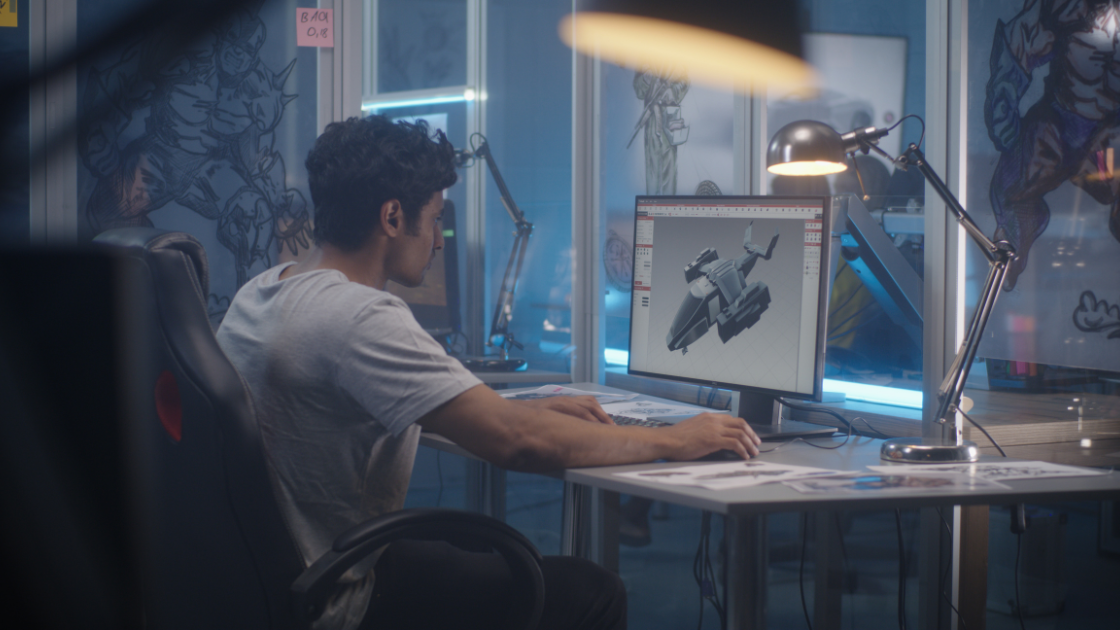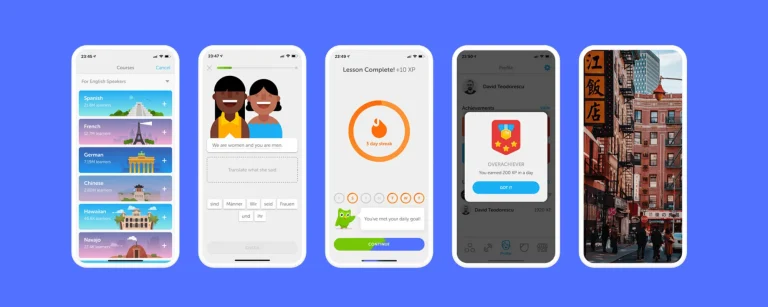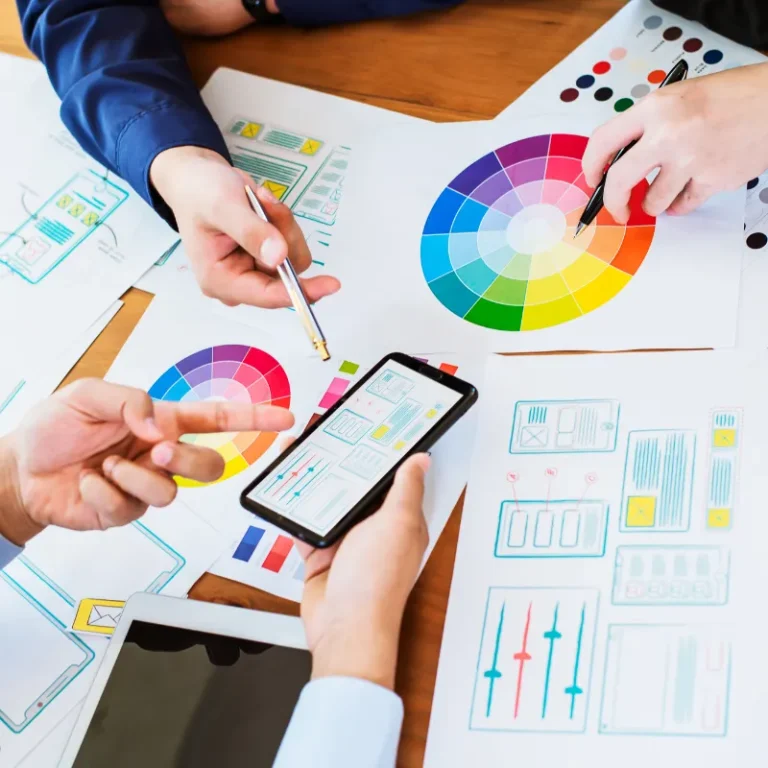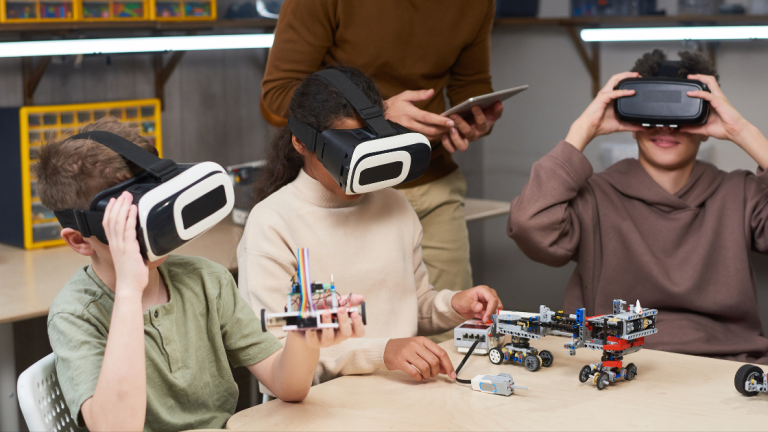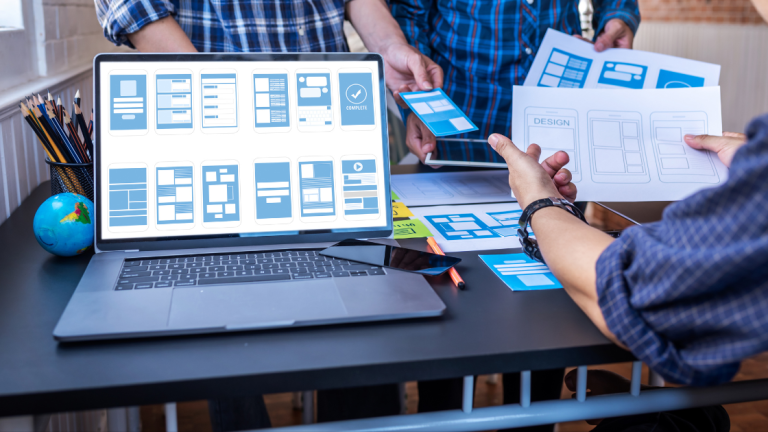The world of UI design keeps re-innovating. As we go into 2024, 3D design in UI has set the trend on how we will interact with digital platforms. Designers moved beyond flat two-dimensional interfaces. One could see them apply increasing numbers of 3D elements in their designs, hence stashing dynamism, interactivity, and higher immersion driven by technology- particularly as a response to consumer demand for more graphic appeal and the multiplication of devices and platforms that support richer graphics.
Gone are the days when 3D designing was only a concern of gaming and entertainment. 3D design is finding a place at the very core of mainstream UI design. We look below at how 3D design influences UI trends in 2024, and what that says for the future of digital experiences.
The Rise Of Immersive 3D Experiences
Ivan Sova, CTO at Chaos, recalled, “During the last couple of years, 3D design turned from a nicety to a necessity when consumers got used to a visually rich environment. In particular, this applies to industries such as e-commerce, architecture, and entertainment, for which businesses depend on enabling immersive experiences. As greater adoption of AR and VR continues, users are going to expect more lifelike interactive experiences from digital platforms.
Designers add dimension to websites and apps by using depth, texture, and animation to create immersive worlds. Such features let users navigate around digital products in totally new ways, giving them more intuitive navigation and making the interactions way more interesting.
The year 2024 interfaces feel way more tactile and responsive, enabling users to manipulate objects and explore content in a manner that would be known to them within the real world.
Smarter Interaction And Better Usability With 3D Design
- Navigation Ease: 3D designing intuitively structures complex information within depth and layers to easily guide users through interfaces. It is possible to animate 3D elements on interaction, like rotation of products or buttons on click, making the interaction fun and engaging in interfaces.
- Micro-interactions: Every subtle activity, such as mousing over menus or clicking buttons, was responded to immediately; the interface isn’t just alive but interactive.
- Tactile sensations: Three-dimensional design brought more physical feeling into work and gave users the idea that they were participating in real objects in a digital environment.
3D Icons And Illustrations
One of the more visible trends in UI design in 2024 is using 3D icons and illustrations. Although flat design remains very popular due to its simplicity, the trend of 3D elements seems to be moving forward, making interfaces tangible and alive. Icons aren’t static anymore; they can turn into mini-animations or objects users can play with.
3D illustrations are becoming the main elements of websites and applications, with which characters and personalities are brought in, making them friendlier and more relatable. This happens, particularly in product interfaces, where the 3D representation of goods helps users understand what they are buying. Such illustrations can rotate, zoom, and even change dynamically depending on user input, thus making the experience far more interactive than traditional 2D imagery.
All of these inclusions let a brand set itself apart from its competitors while at the same time offering the users a visual treat more engagingly and memorably. This trend works particularly well in industries like retail, where users want to see a product from every angle before deciding to purchase.
Realism Meets Minimalism
While the year 2024 is a time when 3D design often brings in an added layer of complexity, many designers balance realism with minimalism. Whereas it was once a problem to add 3D into interfaces without overwhelming the user, subtlety came as a solution- small doses of realism within a minimalist framework that can reach depth without sacrificing usability.
This becomes evident with modern designs that use clean, minimalist interfaces featuring 3D objects that barely stress the pointing eyes toward key features. Think of a simple landing page for a moment, with a white background and just one rotating product rendered in 3D. Such will keep the screen free from clutter while emphasizing the product at hand without giving up its usability and aesthetic appeal.
They marry minimalism with 3D elements to provide modern, functional interfaces. And it would not be wrong to expect more from this trend in the future, as brands want to differentiate with creative, distinctive designs sans sacrificing the quality of the user experience.
Role Of AI In Designing 3D UI
Artificial intelligence will play a big role in the design of 3D UI, especially in the performance of tasks that require automation. In other words, designing and implementing 3D aspects is less cumbersome because AI tools have made it easy for the designers to create and implement 3D features without requiring huge technical knowledge.
- Automation: It is AI-powered, and it automates complex jobs such as generating textures and lighting for designers, saving them time.
- Personalization: AI will learn the user’s behavior and enable automated adaptation of 3D content for an increased sense of personalization. Moreover, web stores will be able to heighten personalization in product visualization.
- Smoother Workflow: Thanks to AI-powered tools, designers will be able to create quality 3D objects more quickly, with less fuss than before, and without the need for special technical skills.
Conclusion
As 3D design continues to shape UI trends in 2024, it will change the way users will interact with their digital products. From enhanced usability and engagement to AI-driven personalization, 3D elements will undoubtedly be at the forefront in such immersive and dynamic interface creation. In any case, all these novelties have to be weighed against considerations of accessibility and performance so that 3D design will serve to enhance and not complicate the user experience.
In the future, 3D design in UI will definitely stay deep, making impossible things possible in digital interactions and creating richer, more immersive user experiences across different devices and platforms.

